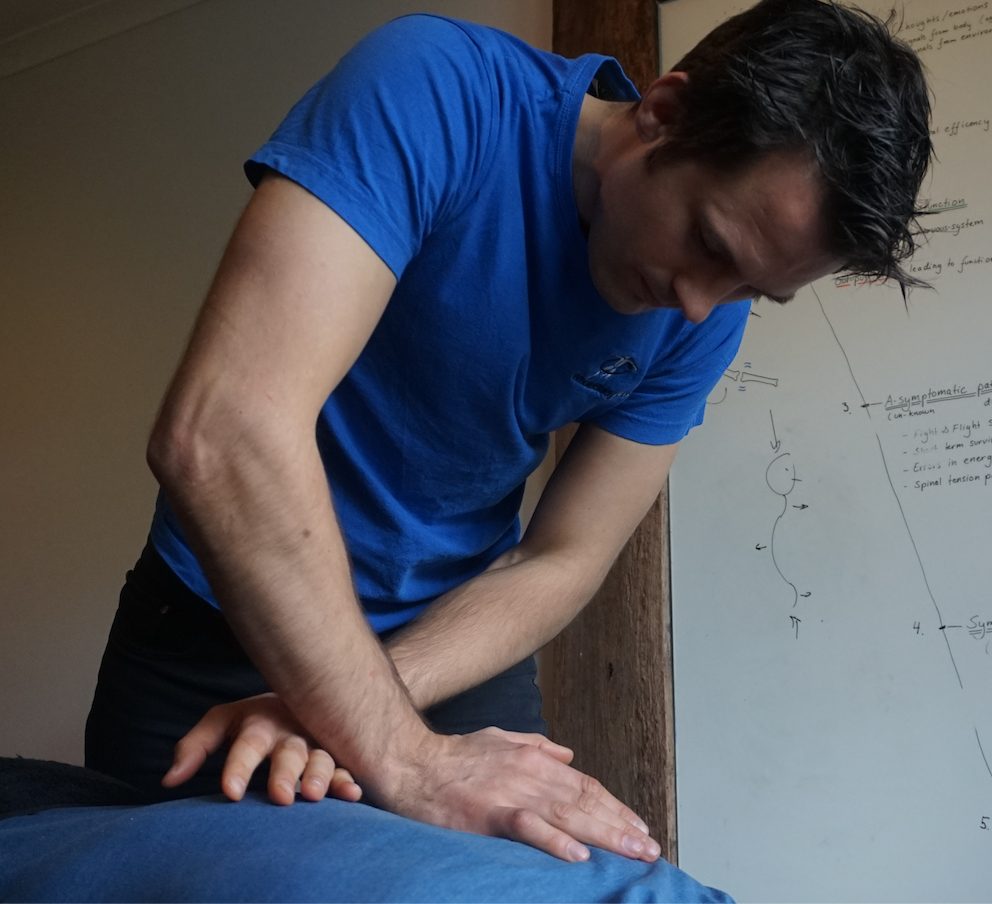The vertebral dysfunction that chiropractors address is called a subluxation. We now understand that a Subluxation is not so much the condition of a bone being out of place as it is a bone is functioning or moving in a less than ideal way – it often move less than it should, but it can in some cases also move too much.
Research indicates that vertebral subluxations lead to changes in the movement position feedback (called proprioception) that the spine sends to the brain. What’s interesting is that when spinal segments don’t move properly it influences how the brain perceives and responds to other sensory information. Spinal function seems to be one factor the brain uses as part of its integration of all information to create your brains over all map of what is going on in your body. When this happens it can result in a breakdown in proper movement control that influences human performance and can end up causing pain and other dysfunction.1
Recent research has objectively demonstrated that chiropractic adjustments can improve proprioception,2,3 which means the brain will be better able to control limb function and movement more accurately. To put it simply, chiropractic care improves the communication between the brain and body and results in better control of the core muscles during body movements, so that you are at less risk of injury.4
1. Haavik & Murphy. J Electromyogr Kinesiol. Apr 5 2012;22(5):768-776. 2. Haavik & Murphy. Journal of Manipulative & Physiological erapeutics. 2011;34:88-97. 3. Holt et al. JMPT. Apr 2 2016. 4. Malliou et al. Journal of Back and Musculoskeletal Rehabilitation 17: 101–104 101 5. Marshall & Murphy. JMPT. 2006;29:196-202.

